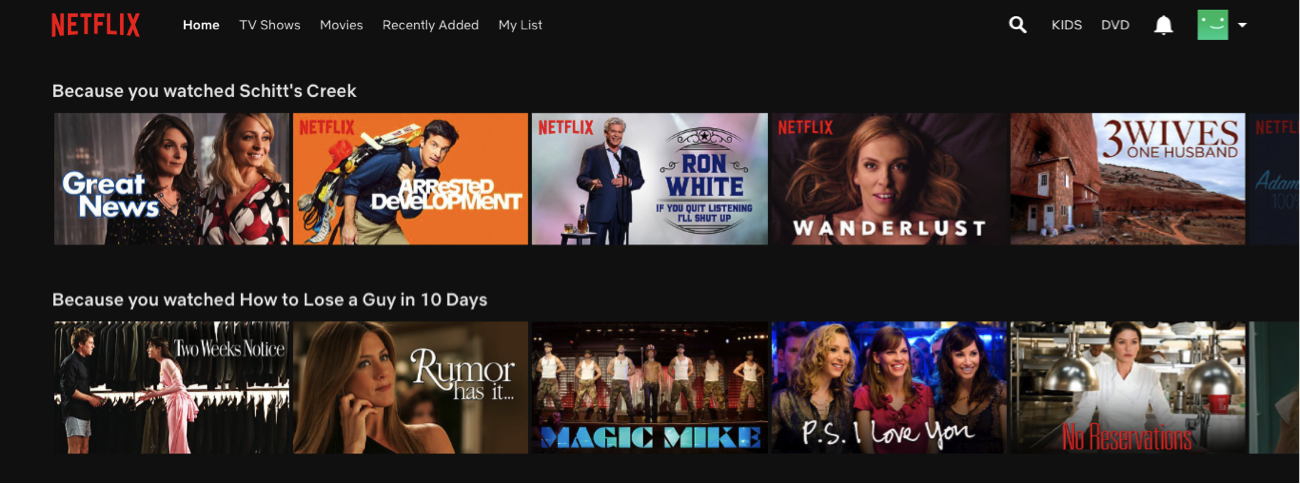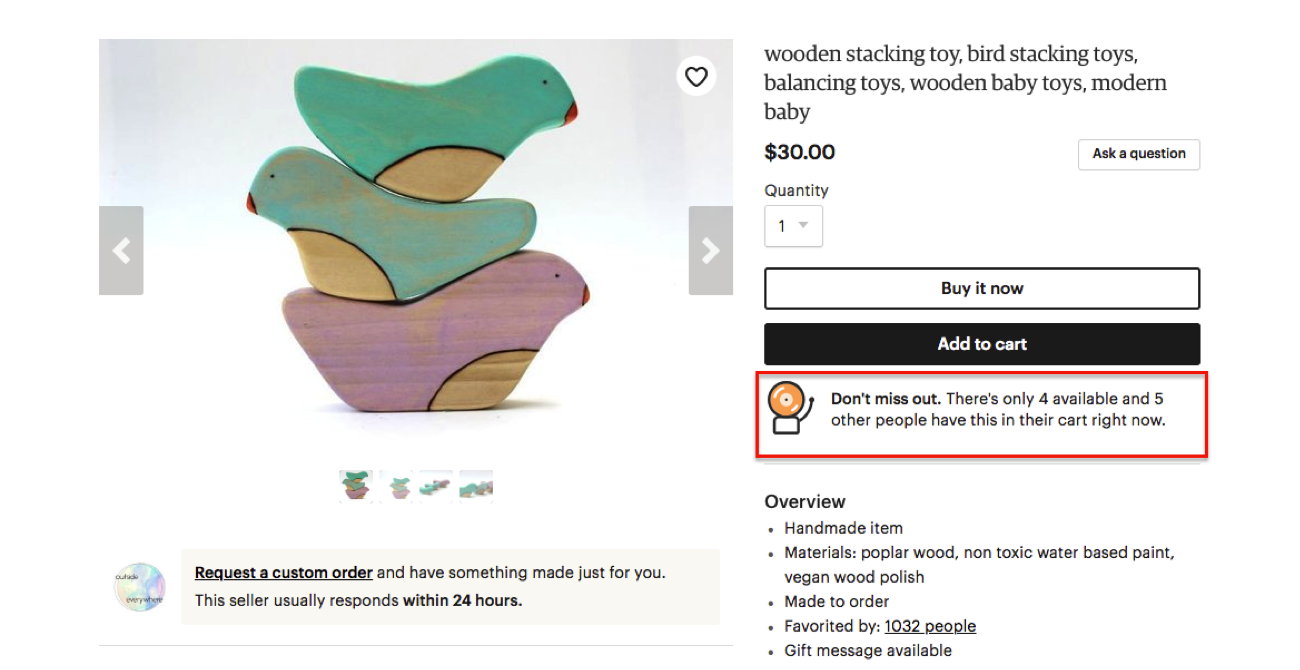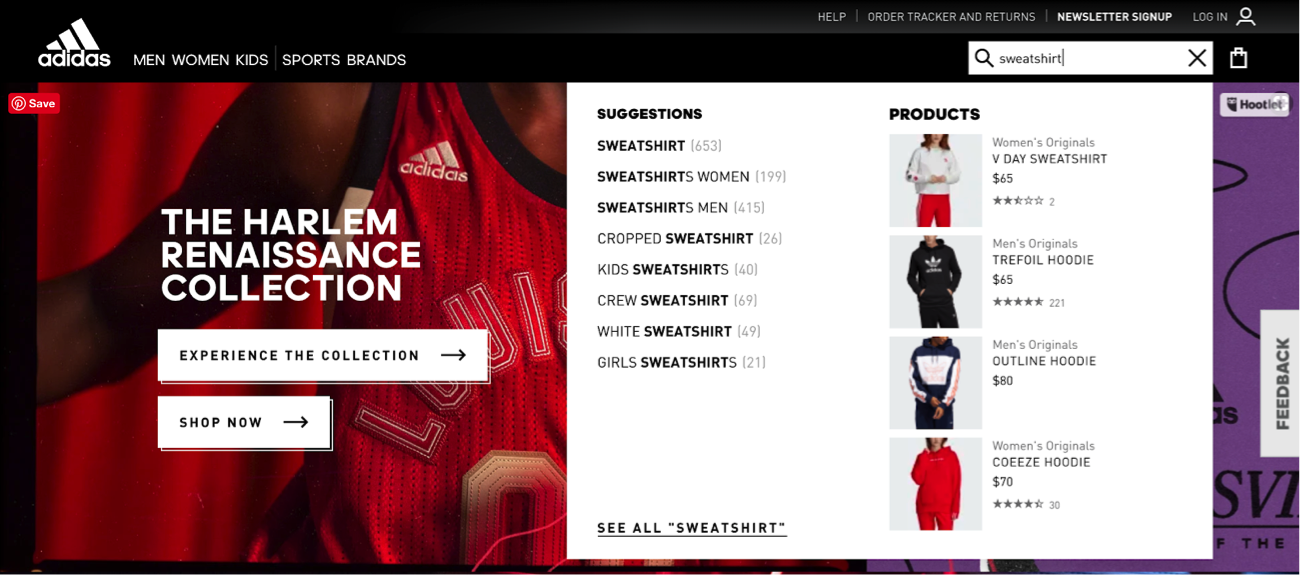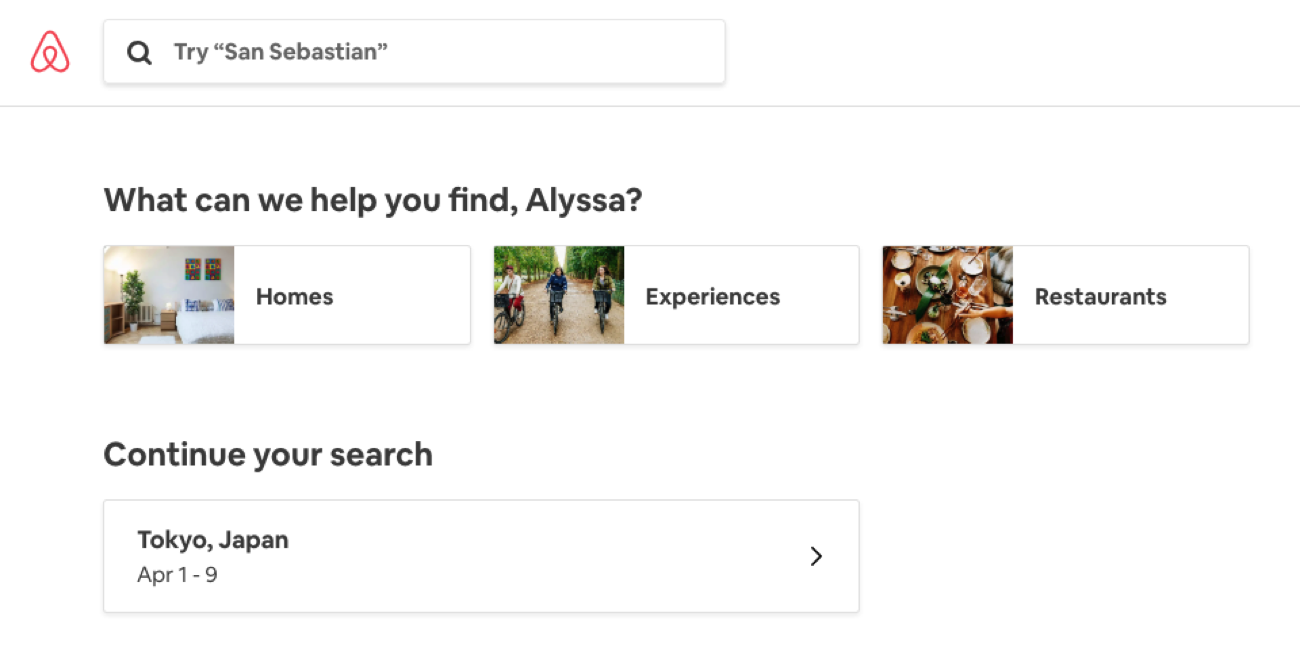Imagine visiting a website, only to find the information displayed to you is personalized to your exact needs and interests. While technology isn’t quite there yet, it is getting closer, thanks to something called adaptive content. Also known as dynamic or smart content, adaptive content personalizes a customer experience, offering product recommendations or even a different version of a landing page based on data that has been collected about that person.
Big brands are just now discovering the many ways adaptive content can be used to improve their results. But as 2019 begins, it is more important than ever that e-commerce retailers of all sizes use adaptive content in their marketing to remain competitive. When used properly, this type of content can improve customer experience as they interact with your website, increasing the likelihood they’ll go from visitors to paying customers.
What Is Adaptive Content?
The key to dynamic content’s success is information. As customers visit your site, make purchases, and interact with your brand in other ways, that information is stored automatically. When that same customer returns, your website can draw upon that data and use it to display data that fit what the customer has done before.
A great example of this is the product recommendations you see when you visit Amazon. On the main page, you are presented with recommendations, an invitation to look at items you most recently viewed, and shows or movies you might be interested in watching on Prime Video.

Having all of this information presented to you when you first visit makes things easier for you, while also giving Amazon a chance to lure you back to consider buying something you looked at earlier. In fact, the company reported a 29 percent increase in sales due in large part to increasing use of product recommendations.
If you buy groceries online, you will also see dynamic content examples there. Walmart Grocery’s main page has a “Reorder Your Essentials” section that presents all of the things you ordered most recently. Sites like Netflix show videos you are likely to enjoy based on past viewing. Social media platforms adjust your newsfeed, showing you posts from those you have interacted with previously. It is all designed to create a streamlined, simple user experience to keep you coming back.

Adapting content is so important that Netflix invested heavily in giving subscribers the best user experience. They take dozens of algorithms into account to create personalized recommendations for each user. Netflix believes that this personalized recommendation engine is worth $1 billion, and without it, they would be losing that many subscribers daily.

How to Implement Smart Content
Now that we have broken down the adaptive content definition, you likely wonder how you can put it to use for your e-commerce site. The first step is to decide exactly how you want to personalize the customer experience to capture customer attention. In addition to displaying product recommendations, there are a number of things you can do to make your site display personalized content based on current technology.
E-commerce Engine Add-ons, Plugins
Implementing smart content can either be done custom or through add-ons and plugins. For the easiest integration and cheapest solutions, plugins are the way to go. All major e-commerce platforms have recommended system plugins available. The benefit of these services is the ease of installation and the fact that they connect to your shopping carts CRM, collect user data on their own (grouped by cookies or used ids for user identification), and automatically deliver personalized content.
Different Ways To Use Adaptive Content
Based on users geological location, you can show them specific content made for them. You can invite viewers to visit specific vacations spots, break language barriers, or show winter product to cities that it is currently snowing in.

Intelligent pop-ups are based on user action, like the amount of time spent on a page, % of page scrolled, or exit intent. Through these pop-ups, you can offer discounts, free downloads, and most importantly capture emails.

FOMO — Highlighting product features like the number of people considering purchasing an item at that very minute. Or the amount of inventory left.

Customized calls-to-action based on current or past interactions.

There are much more advanced solutions that are custom built, some examples of this include:
Collaborative Filtering, an algorithmic approach that captures users preferences by collecting behavioral information and using it to show “Others who purchased this, also purchased…” recommendations.

Enhancing Site Search with Dynamic Content.
Through the search box, you can help users jump straight to the product page instead of going through all the listings. On the search listing pages, you can reorder the products based on clicks or recently viewed items.

Another example of a site with adaptive content in heavy use is Airbnb. If you have searched recently, you will immediately see a recommendation to continue searching for the previously-selected dates and area. This customized experience makes planning a trip easier over multiple visits to the site.
Tips for Making Dynamic Content Work on Your Site
The biggest difference between dynamic content vs. static content is that the customer experience is personalized. You have to understand how consumers are interacting with your sites and know where and when to implement dynamic content to deliver an experience that is truly meaningful.
Your adaptive content efforts begin with deciding exactly what content you want to segment based on what you know about your customers; this calls for an initial period where you identify those interests.
By creating content designed specifically to target your customers, you can gather the data you need.
For instance, if you sell cookware, you could create a series of blog posts with vegetarian-specific recipes. Customers who visit that section of your site could then be delivered a quick form to ask if they would like to receive new vegetarian recipes each month as they come out. If they are interested enough to give you their email address and other information, that can be used to trigger other vegetarian-geared content, cookware that is geared toward vegetarians, images that show the cookware being used to cook vegetables rather than meat, etc.
Geographical Location
If you don’t yet know your customers, segmenting by geographical location can be a great start. You can target customers in one market with one recommendation on your landing page, for instance, with another group of customers getting another recommendation. Paid advertising is another way to get to know your customers better since you will see which customers click on one ad versus another. While not on your site, you can leverage dynamic banner ads. Banner ads continue the great user experience for those who have already left a website. To deliver personalized content through Facebook and Instagram, you will need to sync your product catalog to set up Facebook product ads.
Start Investing Now
Regardless of how you go about delivering adaptive or dynamic content, you will need to segment your customers based on specific data. Relevant user experience will result in increased conversions. Adaptive content is one online marketing trend that will continue to improve and increase sales. Start investing in adaptive content now to help your viewers find precisely what they need.
Innovative SEO services
SEO is a patience game; no secret there. We`ll work with you to develop a Search strategy focused on producing increased traffic rankings in as early as 3-months.
A proven Allinclusive. SEO services for measuring, executing, and optimizing for Search Engine success. We say what we do and do what we say.
Our company as Semrush Agency Partner has designed a search engine optimization service that is both ethical and result-driven. We use the latest tools, strategies, and trends to help you move up in the search engines for the right keywords to get noticed by the right audience.
Today, you can schedule a Discovery call with us about your company needs.
Source:





